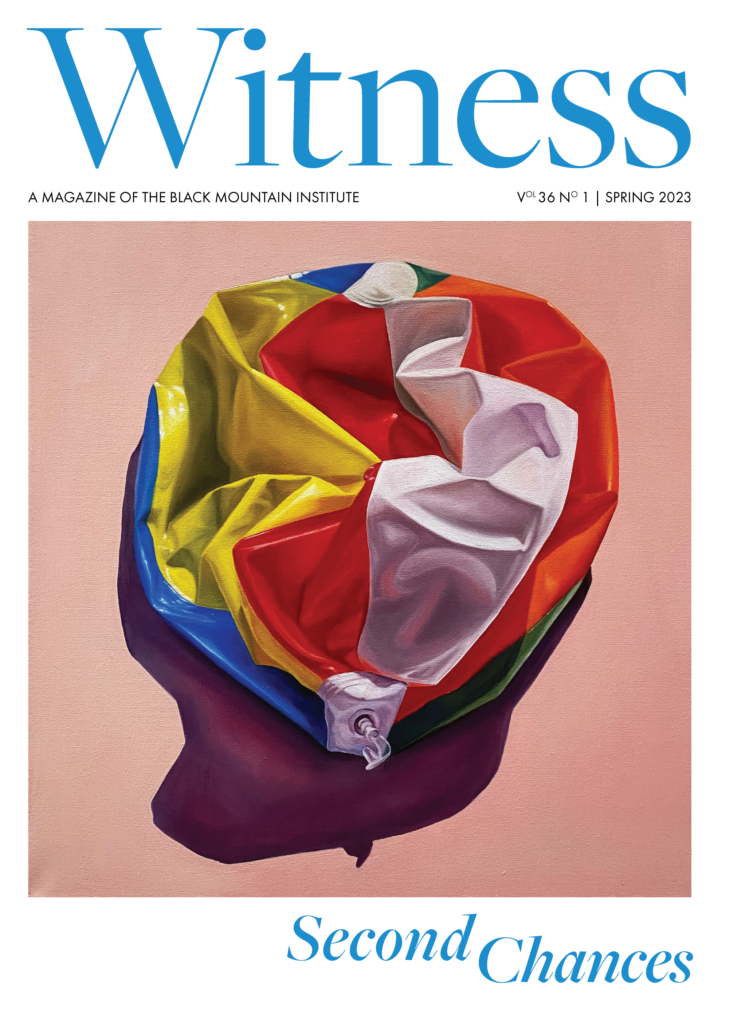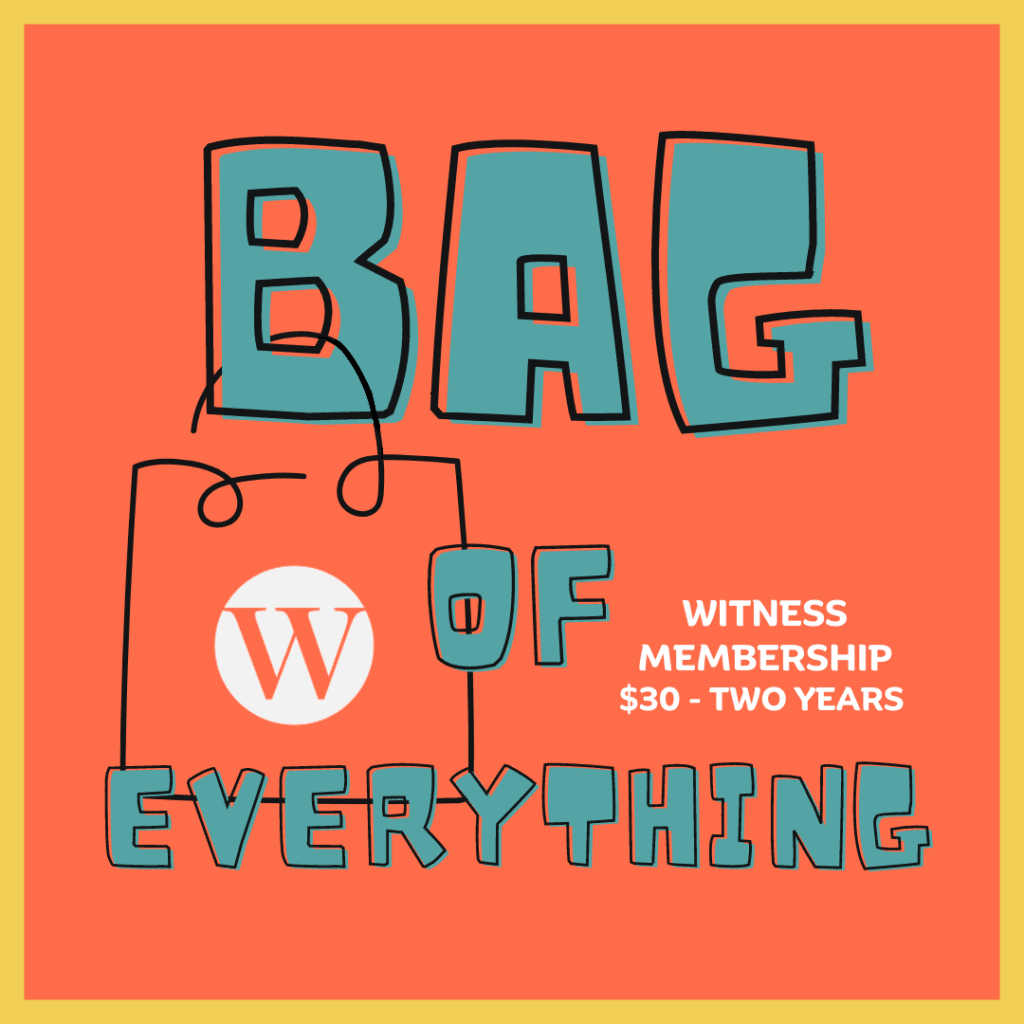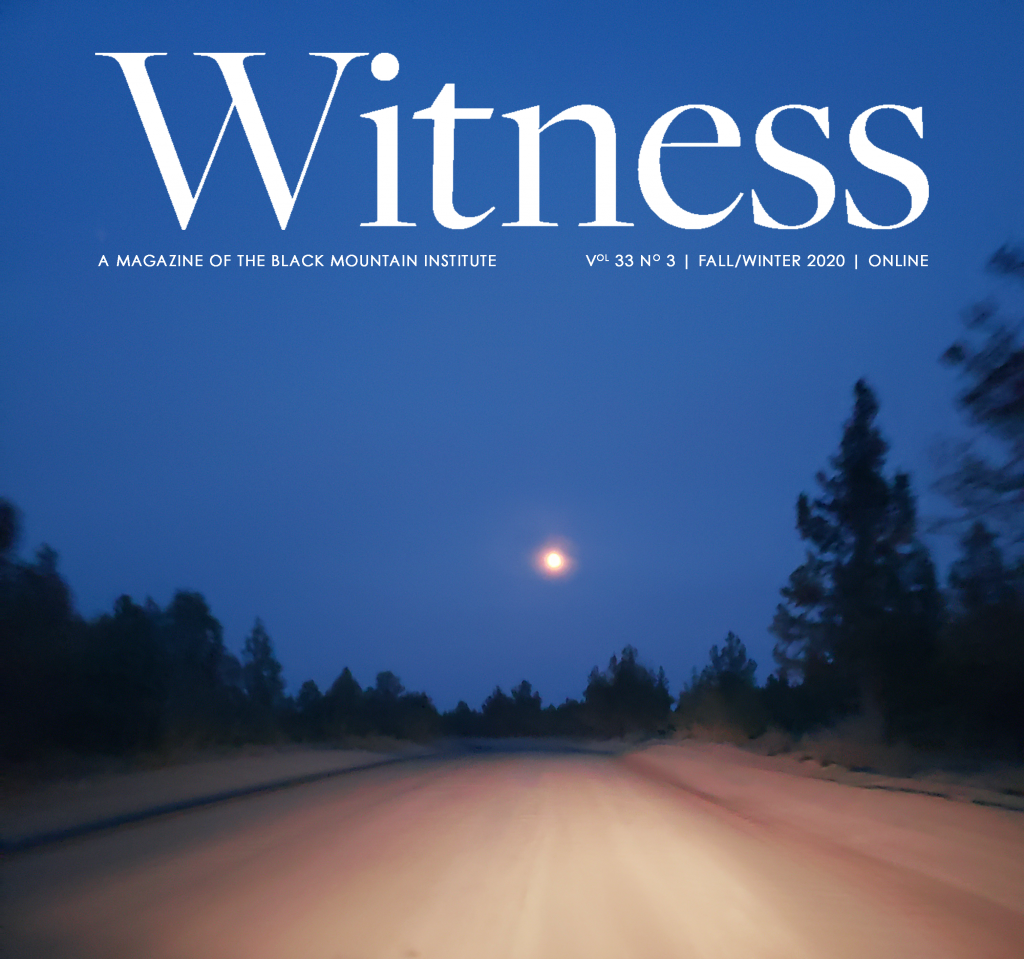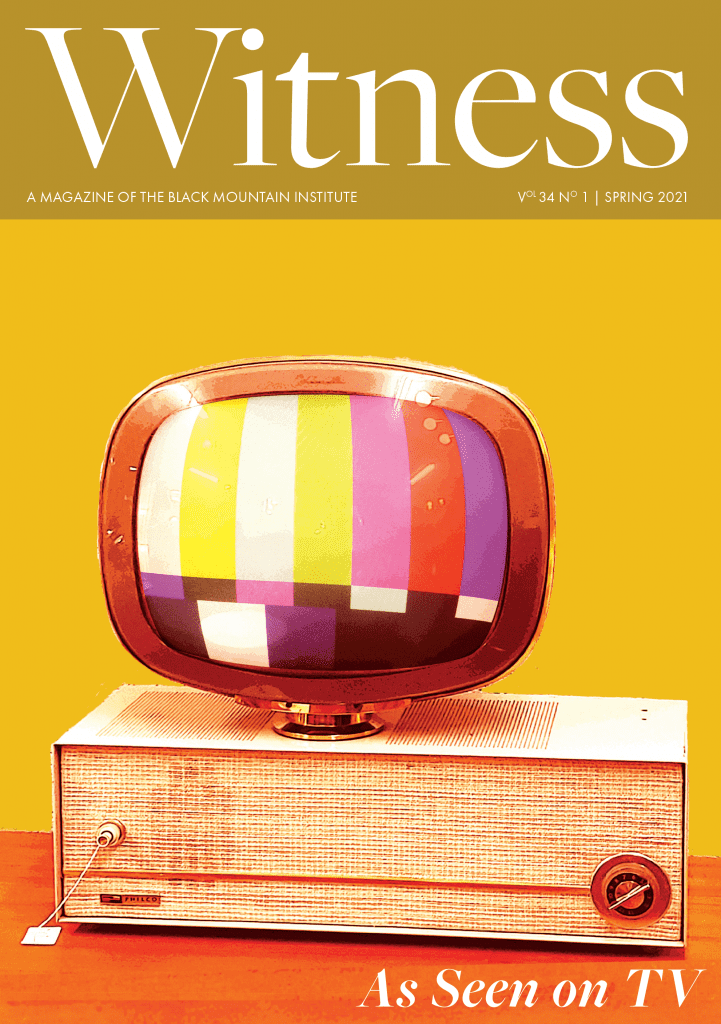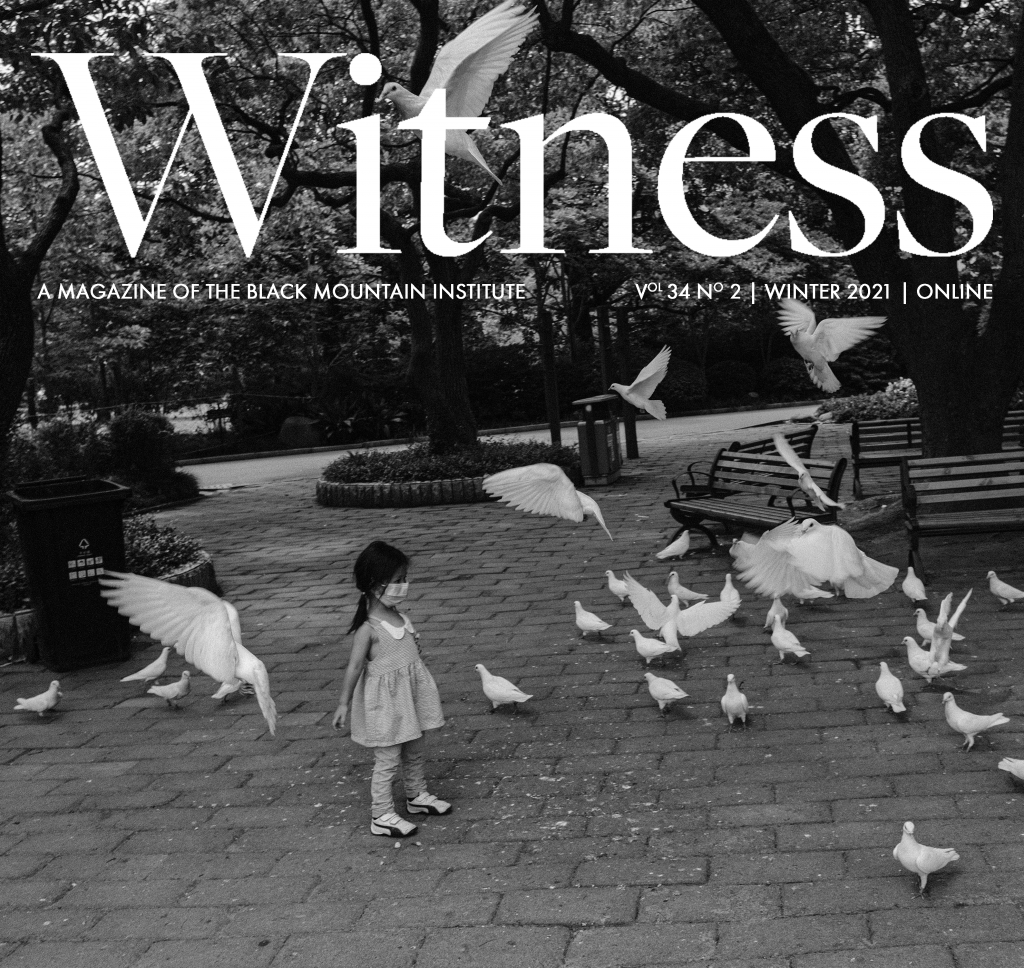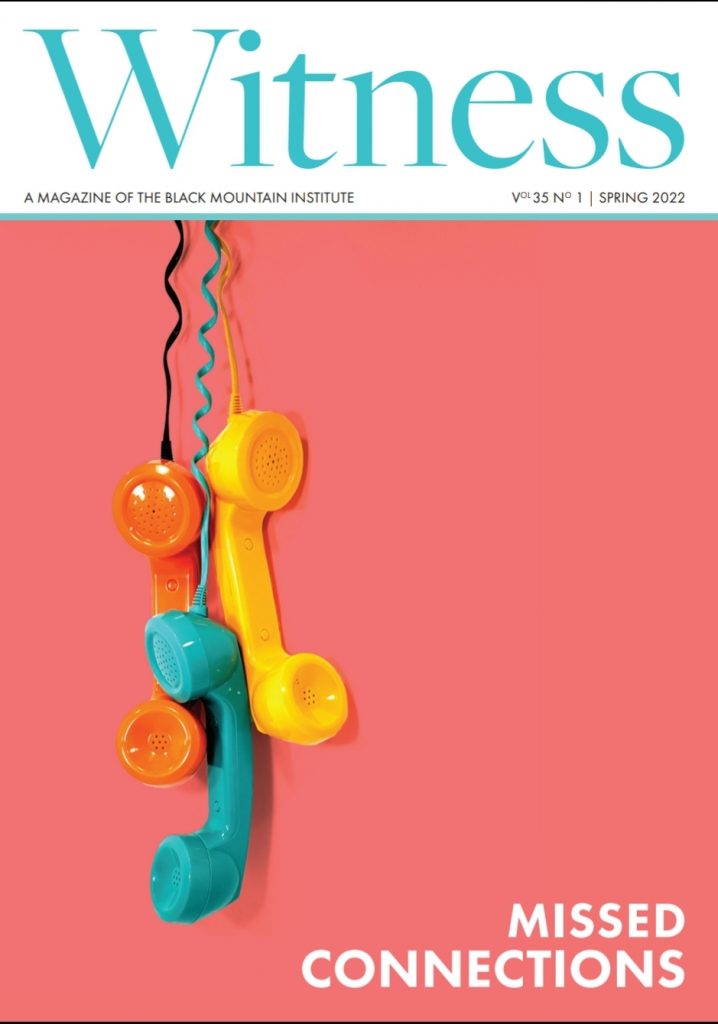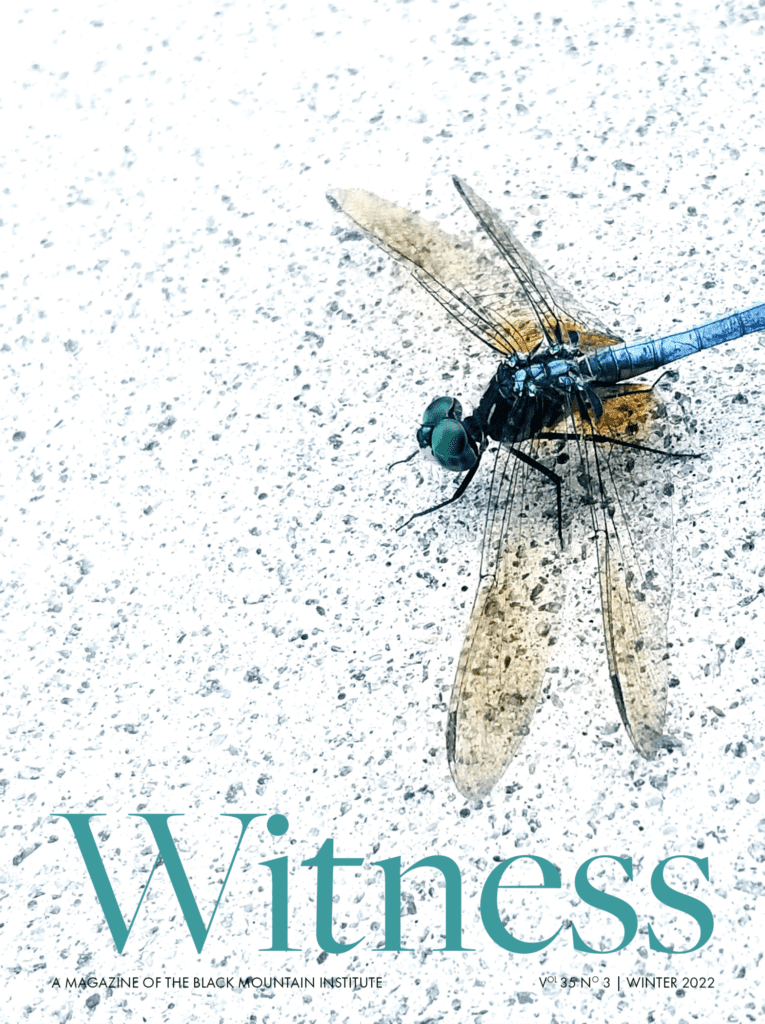by Ashleigh Albrechtsen
When COVID-19 barreled to Utah in March of 2020, the material experience of my body and its response to the outside world transformed. Though I remained safe in my home, the anxiety I experienced felt nonetheless like I was hooked to an intravenous tube that coursed icy currents through my capillaries. Maintaining a sense of normalcy was futile, but my body craved the cozy warmth of tranquility. Self-care ceased as a hollow platitude, becoming a desperate standard through which I determined my actions: I set limits to checking the internet to once per day, I took my anxiety medication regularly, and I worked through a Cognitive Behavioral Therapy workbook. I also began my Garden.
The Garden, which already existed in my imagination, actualized as my “isolation project.” I set my sights on a long-neglected oval plot by the back shed of my shared house. I sat restlessly at my home desk until I could finally clock out of work and head outside into the warm embrace of the sun, happily burying myself in manual labor for hours, like a seed into the rich earth. Unafraid to breathe deeply in this space, the sweet smell of soil and its multitude of microorganisms felt like a familial comfort. Before I could welcome the Garden’s plants, I had to prepare their home like an accommodating hostess: strip the moldy landscape fabric. Uproot the water-hoarding invasive weeds. Till the dirt with my shovel, my arms, my legs, and my back. During these precious hours, I would all but forget about the disease that raged beyond the indeterminant bounds of my Garden. I pored over the Farmer’s Almanac and drew my plans on graph paper. The pandemic gave me something to dread; my Garden gave me something to look forward to.
***
To escape the omnipresence of COVID-19, my roommates and I took a mid-May camping trip in the vermillion deserts of Southern Utah. After a full-day hike, I fell into hypoglycemic shock due to an existing health condition. Between a real risk of dehydration from nonstop vomiting and the panic of being in the middle of the desert far from any hospital, I had felt like I could die yet chided myself for being dramatic. Miraculously able to find cell service, I had called my boyfriend, Austin, for comfort, crying in pain, barely able to speak coherent sentences. I felt guilty for burdening my roommates. He offered to come to pick me up. I refused. He insisted. True to his unselfish nature, he endured a 4-hour early morning drive to be there for me the next day. I can’t think of a single other person, short of my parents who lived even further away, who would have done that for me. We were a partnership.
My mind ran over this on the car ride back, my heart swelling with gratitude. However, I was soon ripped from my reverie when a little creature ran in front of our car as we boarded a freeway ramp. “Is that a dog?” I blurted to Austin. We pulled over, and sure enough, a small dog ran under our car, clearly in a shock of her own. We coaxed her from behind our tires to inside the cab and drove back to a nearby gas station, where we spent the next hour calling county and statewide animal services who couldn’t or wouldn’t help us. We asked both locals and travelers if they were looking for a lost dog or had any idea whose she was. We brought the stray back with us and eventually found her a home.
In Utah, the Governor wouldn’t issue a mask mandate until November, reflecting a state-wide skepticism that allowed COVID-19 to infect uninhibited. Almost no one at that gas station, except for us, wore a mask.
***
A myriad of factors must align for a seed to bear life, yet an innumerable quantity manages it every day. When swaddled with warmth and moisture, the animate seed absorbs that which it needs through the seed coat. As it expands and eats the endosperm, first a root and then a shoot emerges. The young seedlings are particularly vulnerable to environmental stressors, such as extreme temperatures or parched soil, as well as insects and disease. After planting my baby seeds under promising conditions, I eagerly awaited germination, prepared to protect their survival in the most susceptible stages.
Circumstances must also fully align for the transmission of COVID-19; however, over 592 million people have officially reported diagnosis as of this writing. When the respiratory droplets of an infected person are inhaled or otherwise transmitted, the coronavirus directly infects the cells, the stronger variants often producing an overwhelming immune response. From here, the animate virus doesn’t need much else to wreak havoc on the human body.
***
“I just threw up,” Austin texted me roughly four days after that drive. This text marks the onset of his illness like a poisonous weed that germinated. His temperature was slightly elevated, and while COVID-19 isn’t commonly known for settling in the stomach, like a hardy plant growing in the cracks of pavement, it spreads wherever it finds purchase. We tested and we quarantined, but the results were negative. We knew about false negatives at the time—but we didn’t know that that very month, a study confirmed the false negative rate of PCR-based diagnostic tests as high as more than 1 in 5. 1
The relief we felt was cautious and wary, as the acid in his body still made itself known, harsh and unrelenting. Despite a lack of other corroborating symptoms, a doctor diagnosed him with migraines and prescribed him an anti-nausea pill. Pills almost resemble seeds. They too have an outer coat that dissolves with moisture; they too are supposed to nourish life. This pill was as effective as a dried-up seed.
***
Spinach, arugula, red lettuce. Carrots, potatoes, onions. Raspberries, tomatoes, peppers. First we feed them, and then they feed us—an indication of the reciprocal relationship that nature shares. Gardening is a practice not only in care but in patience; it would take all summer for some of my plants to provide me with food. Nevertheless, each new growth was a reward, cherished and admired—a reminder of the bounty the natural world offers. My first harvest was just microgreens, having thinned my sprouts to encourage more growth. The cotyledons had a soft, glowing green. Spread on my meals, they lent a sweetly spiced flavor. I shared photos like a proud parent.
I learned how to garden from my mother. I remember her staying out after dark on summer nights, returning with arms bronzed by the sun and dirt on her cheeks. I didn’t always appreciate it as a child, associating it with weeding I didn’t like doing and worms I didn’t like touching. When food so often came from a grocery store, I didn’t understand the significance of a dinner table full of our own produce. But that summer, she was always a socially-distanced phone call away, passing on gardening knowledge she’d amassed over more than my entire lifetime. I wished we could have picked out plants together and put them into the earth side-by-side.
***
About a week later, I awoke at 7 am to the muffled sound of a choking cough in the bathroom. Austin approached me, his ginger freckles standing out on his pale face, to tell me that he had started coughing blood. My body was unprepared for the glacial tide that flooded through it. I went to look—it was a lot of blood, a bright scarlet contrasting the white porcelain of the toilet bowl, blooming in the water. Worried about the price of an emergency room visit, we found the earliest open urgent care center. The thick odor of iron-rich blood mixed with the antiseptic smell of the clinic in my nose. In the room, there was an ad for a medication. One of the models looked like George Clooney—it is the first thing Austin told the doctor when he entered the room, helping dissolve some built anticipation. The doctor was compassionate and kind. He reassured us that Austin probably had an ulcer, which can cause esophageal bleeding, and prescribed him an over-the-counter strength antacid. My hand stayed in Austin’s the entire time, like both had been chiseled in stone to lock inside one another.
It had been one week since the onset of his illness. Coughing up blood is one of the first signs of blood clots.
***
The corona is the hottest part of the sun. And though it is millions of degrees hotter than what we feel on earth, the fiery ball in the sky had made itself known that summer as staunchly as ever, baking both my skin and the dirt beneath my feet. Heat can act as an agent in either the burgeoning of life or the shriveling of death. The sun provides all we need for life, but it can also threaten the fine balance requisite for growth. Indeed, though many plants require the seasonality that summer provides, climate change is making our seasons hotter and drier.
Salt Lake City, where I live, is a cold desert. This means it has freezing winters and hot summers, and it’s one of the most arid states in the US. Gardening in a desert isn’t the same as other places where the clouds share their rain and the air hugs it in tight. Even one day without water and your plants can wilt as they lose turgidity, as if they are too lethargic to hold themselves up. As the sweltering days risked my Garden’s health, I tried to respond as its steward with more care and attention. More water, more time. The Garden continued to be there to welcome me as the surrounding world increasingly shriveled.
***
“Can you grab the Blood Mug?” Austin asked me, his weary form reclining by the window. One week since the urgent care visit, and neither his cough nor the blood therein had improved. Accordingly, he carried a mug around with him to spit, which we began to refer to semi-fondly as the “Blood Mug.” We saw another doctor to schedule a recommended endoscopy only to find that Austin actually had pneumonia—but don’t worry, they tell us, it’s still in the early stages. Some doctors, it seems, peddle hope like they peddle medicine, and we were willing users. Though we didn’t know it at the time, pneumonia caused by COVID-19 is said to spread like “wildfire.”2
Austin lived alone, but I became increasingly hesitant to spend time with my own roommates as every second of potential exposure to someone felt like a possible coronavirus exposure to Austin’s heavily compromised lungs, with my body as the conduit. I couldn’t leave him alone for more than a couple of hours, anyway, as his body began to deteriorate. Going to the bathroom was exhausting; standing was exhausting; breathing was exhausting. Though his coughs were only intermittent, his chest expanded and contracted with them so violently that he pulled intercostal muscles and slept in a chair sitting erect. Food became disinteresting and tasted “odd,” and he began rapidly losing weight. At the age of 29 with no prior medical conditions, Austin was now unable to be fully autonomous, so I settled into my role as a keeper. Care and attention. More help, more time. All my actions became that which aided him; my only goal became his vitality. He was sometimes irritable (who can blame him) but it was also the first time he tearfully told me I’m the love of his life.
At this time, an anti-masker acquaintance shared a link with me that a Texas doctor named Richard Bartlett had purportedly found a miracle cure for COVID-19 by administering steroids through a nebulizer. Coincidentally, Austin received this same treatment as his pneumonia rapidly spread throughout his left lung, the infection making it difficult to breathe deeply. There was no evidence to back up the miracle claim, and there was no substantial improvement to Austin’s state.
***
Gardening has a routine to it. I thinned my sprouts to promote growth, weeded regularly to ensure equitable water distribution, and watered my plants in the early morning before the sun could evaporate the crucial liquid. This cyclical pattern felt comfortable—even weeding felt meditative, as I listened to Fleetwood Mac and cherished the alone time with my Garden. Gardening was indeed a solo effort for me—though I was happy to share the fruits of my labor, the labor itself was all my own, not by choice as much as circumstance.
However, as the days got hotter and longer, and I started spending nearly all my time with Austin at his apartment, I fell out of my groove. I couldn’t provide the care necessary to promote optimal growth, and there was no one picking up the slack. I wasn’t watering it. I wasn’t weeding it. I wasn’t even harvesting what did grow. Most days I couldn’t even let myself think about it. Still, I did what I could do, giving my plants a good soak whenever I came home to grab a week’s change of clothes and hoping it would quench their thirst, though knowing it wasn’t enough. I avoided their gaze, looking away from the crunchy brown leaves of my raspberry plants or the arugula plants that had gone to seed. I told them I was sorry.
***
Throughout June, we had a routine: when he woke up, Austin took an antacid. With his first meal, he took a cough suppressant, an anti-inflammatory steroid, and an antibiotic. He used two inhalers, albuterol and another steroid, every four hours. He held off as long as he could between doses of opioid painkillers.
Some days, Austin genuinely seemed as though he was getting better, like a plant that perks up after some water. Another day, wilted, he could barely make it around his apartment. He’d lost over 20 pounds and was still coughing up blood throughout the day. Every doctor reiterated the same things, rotating through a script of “give it time” and “we’ll see how you’re doing in a couple days,” echoes that reverberate off the walls of the dark cave in which we seemed trapped. He got his blood drawn weekly to accompany COVID-safe virtual check-ins, as Utah cases spiked to almost 300 a day, where his white blood cell count fluctuated with his energy levels, up and down. I vacillated between reverence for medical expertise and frustration that, after six doctors, they hadn’t tried a second antibiotic or taken any more images— I wonder, had he gotten sick later when COVID cases were quadruple what they were in June, if they would have taken it more seriously. It’s tricky they told us, and then again rehearse “We’ll see how you’re doing in a couple days.” I told Austin that I’m sorry he feels this way and I’m sorry he’s not getting better and I’m sorry that I can’t do more but that I will stay by his side to make sure that he doesn’t stop breathing.
***
My Garden was dying. Ignored and dejected. Weeds grew ever taller, hiding skeletal plants with leafless stems. The time and energy and even compassion essential to nurture its growth were desperately funneling into another vessel. I just couldn’t make it work. Plants are resilient, I reminded myself, agents in their own survival. Watering once a week in the height of summer in a desert isn’t enough—but the onions didn’t look too bad. Maybe, I thought, when Austin was better, I would make a nourishing meal with these onions and maybe some small tomatoes.
***
Five weeks after the onset of his illness, Austin had finally started another course of antibiotics. I was at 7-11 getting a slushie, wanting to surprise him with his favorite treat, when he called me crying. He told me he had started vomiting non-stop. He told me, “I need to go to the hospital. Now.”
Despite it all, I had somewhat managed to keep COVID-19 on the periphery: staying home, trusting both of our negative test results, and naming the pneumonia as the Big Bad Thing. But going to the hospital was distinctly apocalyptic. I dropped him off at the curb, watching him disappear into a dystopian tunnel lined by medical workers in head-to-toe protective gear. My lungs were healthy, but I too felt out of breath. On the phone, a committed doctor declared that “He’s not going to die on my watch.” A phrase surely meaning to lend comfort, it was the first time anyone had used the word “die” in reference to Austin. “Oh, Ashleigh. I don’t like that he said that,” Austin’s mom, Pam, told me.
Austin tested negative for COVID-19 yet again, but the reprieve stopped there. The results of his CT scan revealed not only severe pneumonia but also extensive pleural effusion (fluid buildup), a partially collapsed lung, and several large pulmonary embolisms (blood clots) in each lung, which could dislodge at any moment and travel straight to his heart—stopping it. Austin told me this on the phone and I couldn’t sit. I couldn’t stand. I wandered from room to room in his apartment, numb, not doing anything, not focusing. My heart began to hint at grief to a depth to which I did not have previous access, as if the potential to feel this sad or scared didn’t exist inside me before. I had to believe that he would be okay to stay lucid, but I also didn’t want to be naive. I existed, torn, in a liminal space between cautious optimism and grief, two agents at odds with one another in the space of my mind and my heart. I called my mother and told her in a whisper, almost too scared to speak the words out loud, “I can’t imagine a life where he’s gone.” In response, my 56-year-old mother risked transmission to be with me that day. For a brief moment—for the first and perhaps only time that summer—I hugged my mother.
At the hospital, Austin’s body was inundated with substances, each fighting to give him a chance at recovery. His nose breathed pure oxygen; his veins drank fluids, antibiotics, blood thinners, and pain killers. A tube threaded through his ribs and into his lung to expel fluid—but the surely overworked, harried nurses forgot to turn on the pump for an entire day. The concrete barrier of the hospital erected itself between us; after five weeks without leaving his side, the COVID-19 safety restrictions meant that I couldn’t even visit him. Isolated and without comfort, Austin asked to hold a nurse’s hand.
They didn’t know when he would be released.
***
I felt guilt-ridden when I thought of my Garden dying—of the money, time, and work I spent, and the failure as a steward to support a living, respiring entity of the earth. But eventually, I accepted it was past the point of my saving. So, I let it die and offered a quiet goodbye. It was a personal yet palpable loss in a sea of global bereavement. The last time I saw it, it looked like it had been reclaimed by many of the invasive plants that I previously pulled out. Perhaps, they will like this spot as much as my vegetable plants did, if not more. Perhaps, it was always their home after all.
***
In July, after almost a week of around-the-clock care, Austin was discharged from the hospital without more than a few hours’ notice. His infection appeared to have dissipated, and though he still had much recovering to do, his improvement was substantial. He was back home. It felt surreal.
Three weeks later, both of Austin’s parents contracted COVID-19. His mother’s progression of symptoms and complications mimicked his own to an exact degree. Meanwhile, as an understanding of the virus progressed in the following months, researchers found a definitive link between COVID-19 and blood clots in patients without previous risk factors, with some studies putting the number as high as 31% of cases.3
***
Did Austin have COVID-19 after all? We believe he did, but we don’t know with absolute certainty. Now that he’s fully vaccinated, we might never get that closure. We do know that if we hadn’t taken him to the hospital that day, either the blood clots or the severe infection could have taken his life without warning. We do know that he could barely walk around the block for at least two months after his discharge, that his lung is full of scar tissue that makes breathing hurt over two years later, and that he will be on blood thinners for the rest of his life.
Though people long to move on, each new variant of COVID-19 virus shows us that this is far from over. The pandemic continues to act upon both of our lives in enduring ways. Over the past two years, the materiality of grief has stretched to envelop all the complex parts of the world that stand interconnected. Grief for Austin. Grief for my Garden. And ever-expanding grief for the world—for the over 6.4 million people who have officially died from COVID-19 as of this writing and for the many more who never received a diagnosis—and for every single witness of it. I don’t know their stories. I only know mine.
***
In the house that Austin and I now share, I’m drawn to the side yard, overgrown with English ivy and black locust, but with promise for a new garden: spinach, carrots, raspberries, potatoes, and maybe more flowers this time. I have a compost bin that’s been stewing for a year, it’s rich humus reminding me that decomposition also feeds new life. I’ll be able to see the garden from my kitchen window. And, I’ll have Austin by my side. We’ll do it together.
It’s time to start planning.
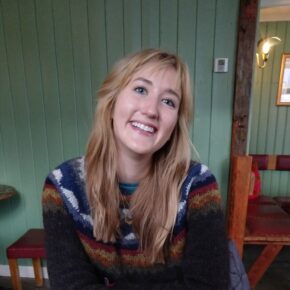 Ashleigh Albrechtsen is an environmental writer from Salt Lake City, Utah, where she received her master’s degree in Environmental Humanities at the University of Utah. She currently lives and writes on the Colorado Plateau at the intersection of desert landscapes and changing climates.
Ashleigh Albrechtsen is an environmental writer from Salt Lake City, Utah, where she received her master’s degree in Environmental Humanities at the University of Utah. She currently lives and writes on the Colorado Plateau at the intersection of desert landscapes and changing climates.
- See “Variation in False-Negative Rate of Reverse Transcriptase Polymerase Chain Reaction–Based SARS-CoV-2 Tests by Time Since Exposure”
- See “Circuits between infected macrophages and T cells in SARS-CoV-2 pneumonia”
- See “Confirmation of the high cumulative incidence of thrombotic complications in critically ill ICU patients with COVID-19: An updated analysis”

